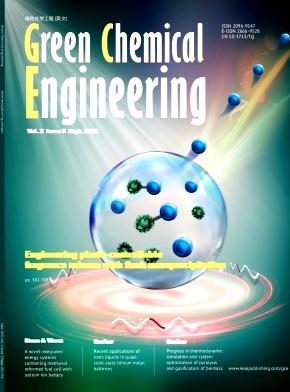Advanced data-driven techniques in AI for predicting lithium-ion battery remaining useful life: a comprehensive review
IF 9.1
Q1 ENGINEERING, CHEMICAL
引用次数: 0
Abstract
As artificial intelligence (AI) technology evolves, data-driven approaches are gaining attention in predicting lithium-ion battery's remaining useful life (RUL). Indeed, accurate RUL prediction is challenging, primarily because of the complex nature of the work and dynamic shifts in model parameters. To address these challenges, this article comprehensively explores five significant publicly accessible lithium-ion battery datasets, encompassing diverse usage conditions and battery types, offering researchers a rich repository of experimental data. In particular, we not only provide detailed information and access addresses for each dataset, but also present, four innovative methods for battery aging health factor extraction. These methods, based on advanced AI techniques, are able to effectively identify and quantify key indicators of battery performance degradation, thereby enhancing the precision and dependability of RUL prediction. Additionally, the article identifies major challenges faced by current predictive techniques, including data quality, model generalization capabilities, and computational cost, highlighting the need for research focused on dataset diversity, multiple algorithm fusion, and hybrid physical-data-driven models to enhance prediction accuracy. We believe that this review will help researchers gain a comprehensive understanding of RUL estimation methods and promote the development of AI in battery.

求助全文
约1分钟内获得全文
求助全文
来源期刊

Green Chemical Engineering
Process Chemistry and Technology, Catalysis, Filtration and Separation
CiteScore
11.60
自引率
0.00%
发文量
58
审稿时长
51 days
 求助内容:
求助内容: 应助结果提醒方式:
应助结果提醒方式:


